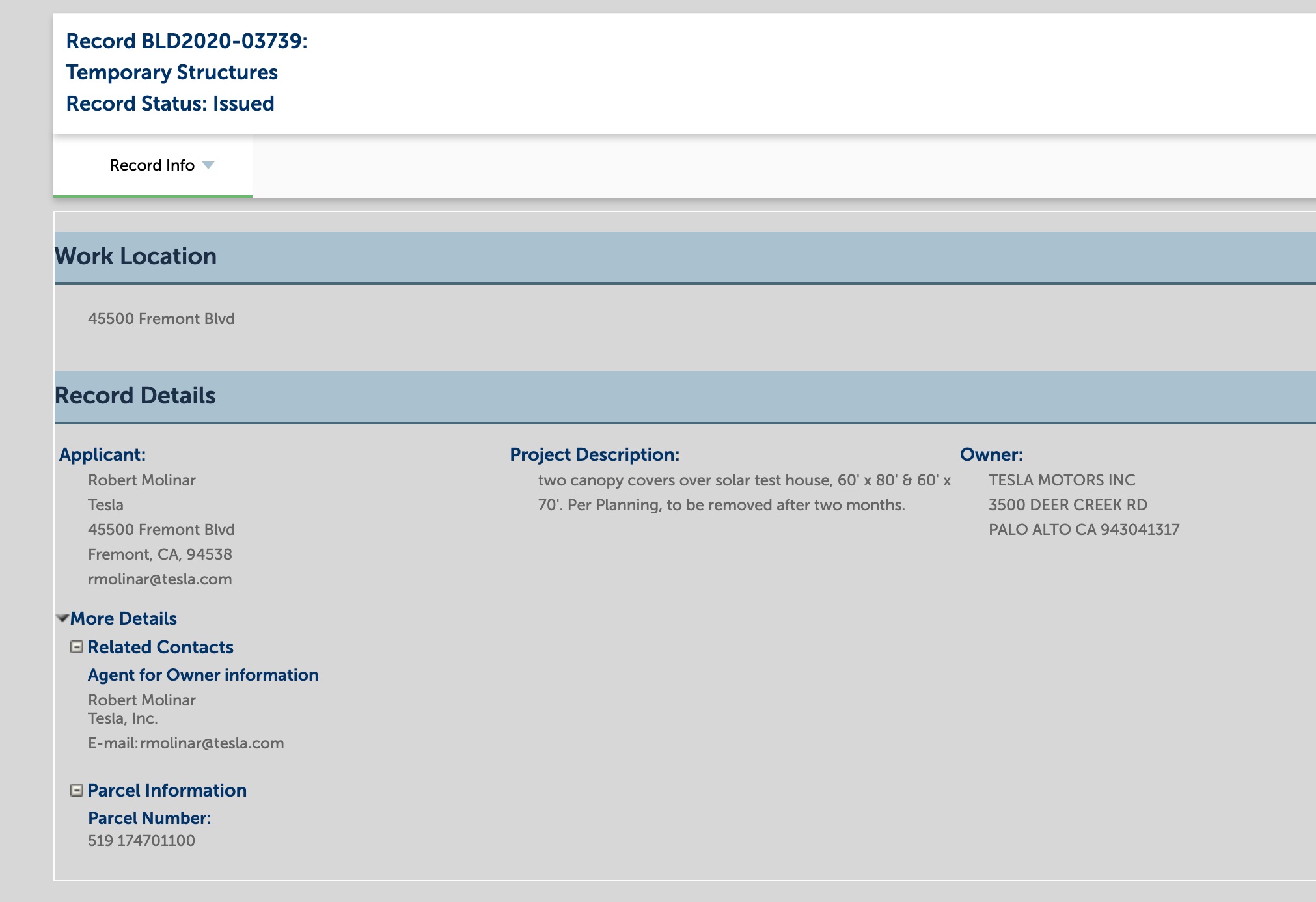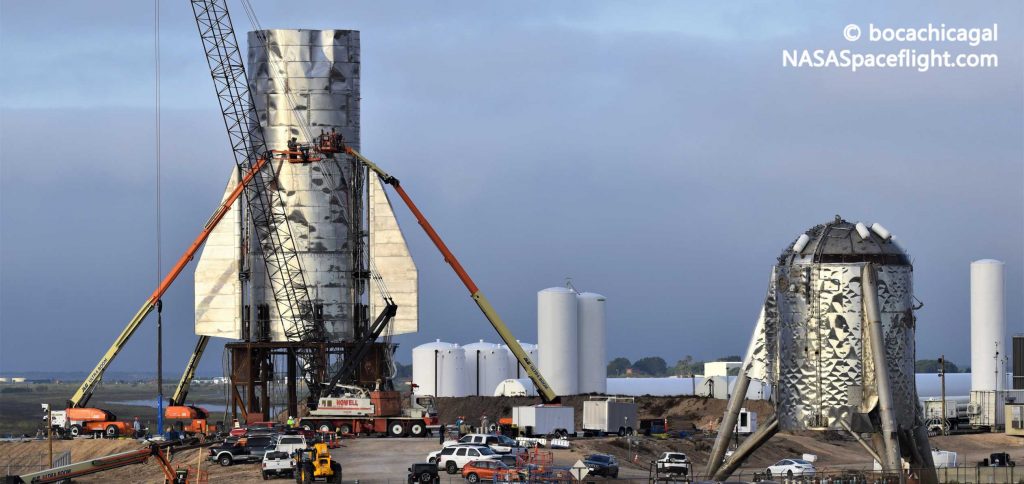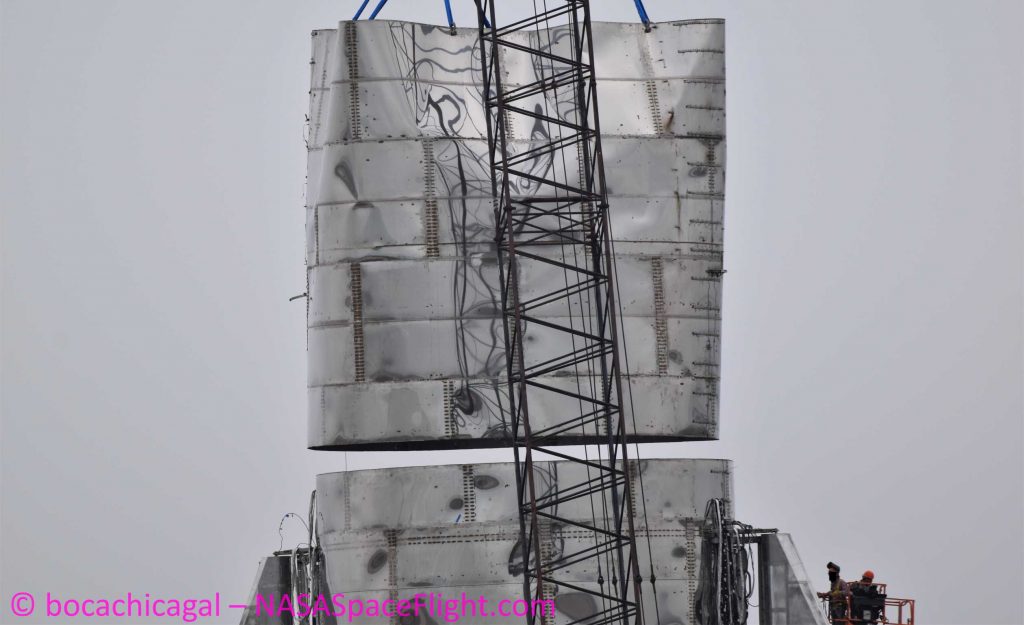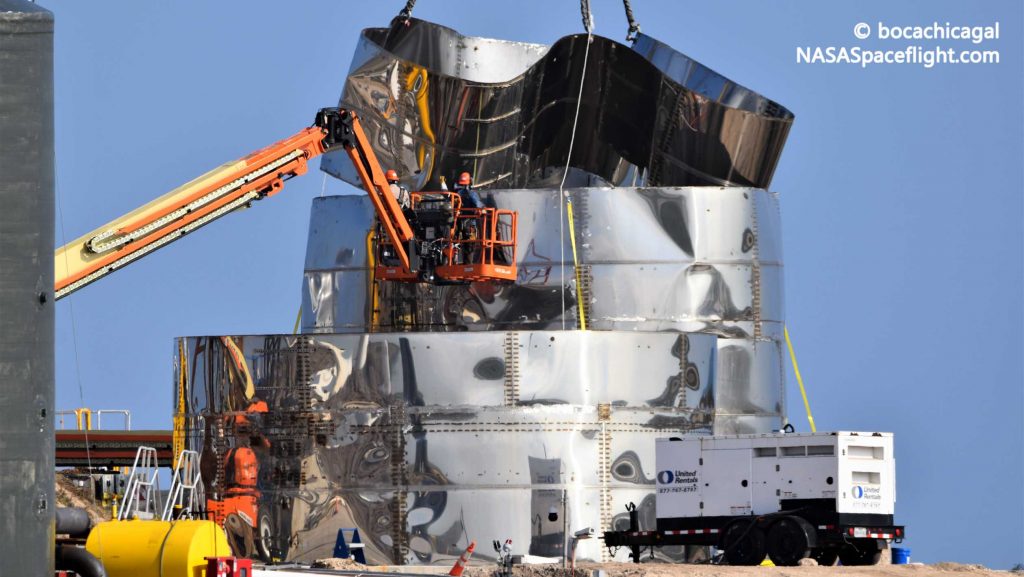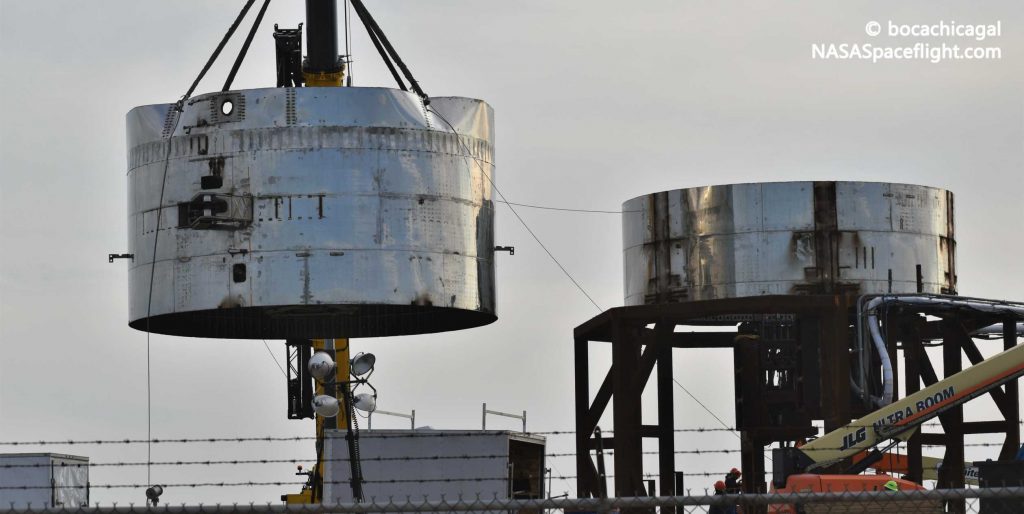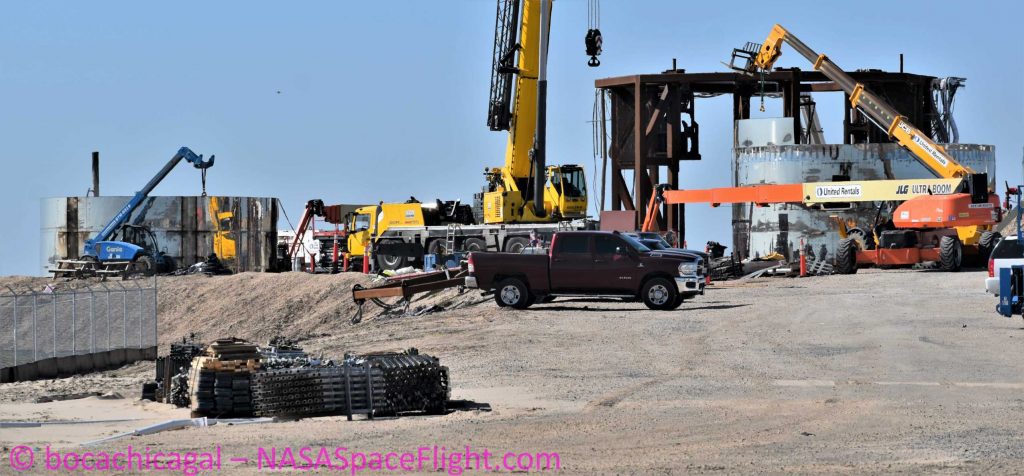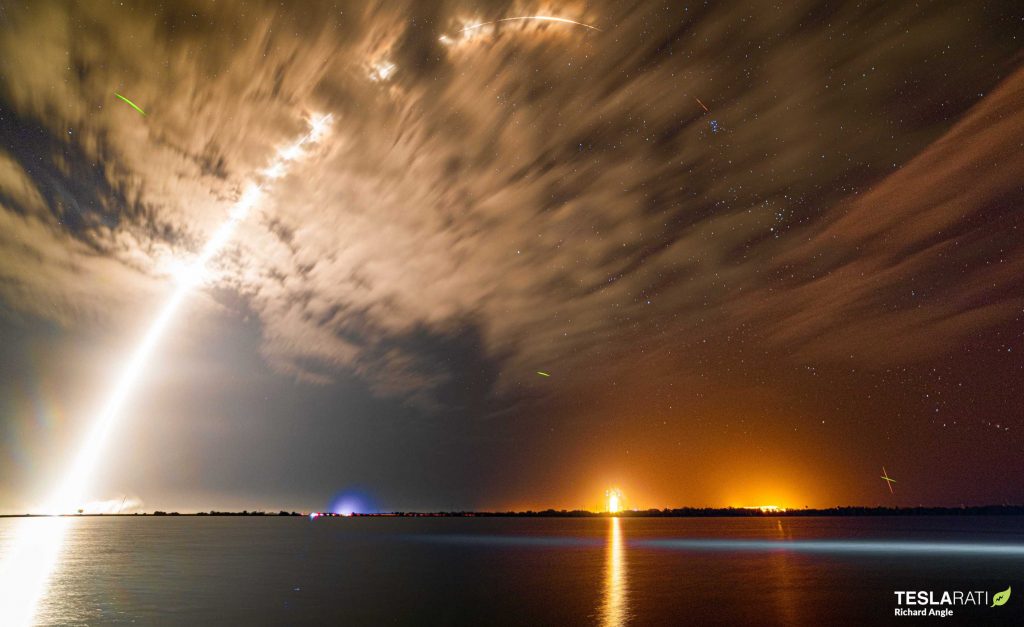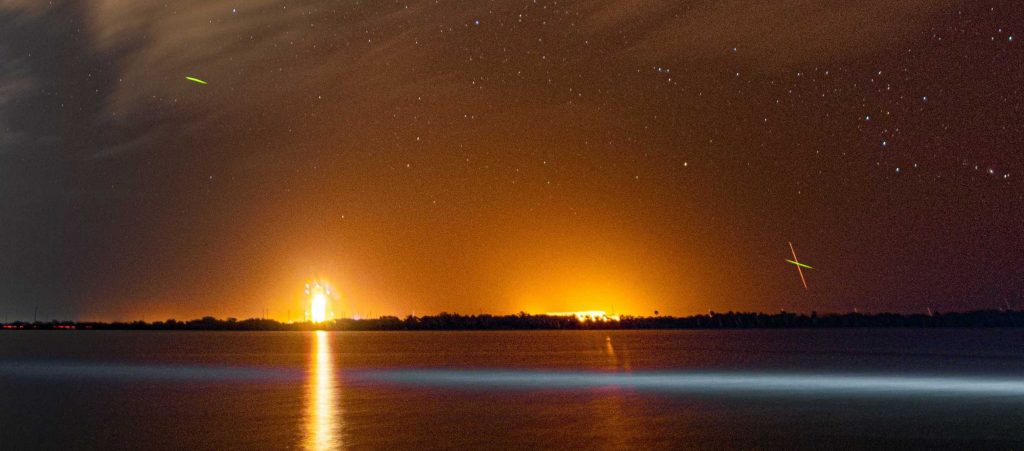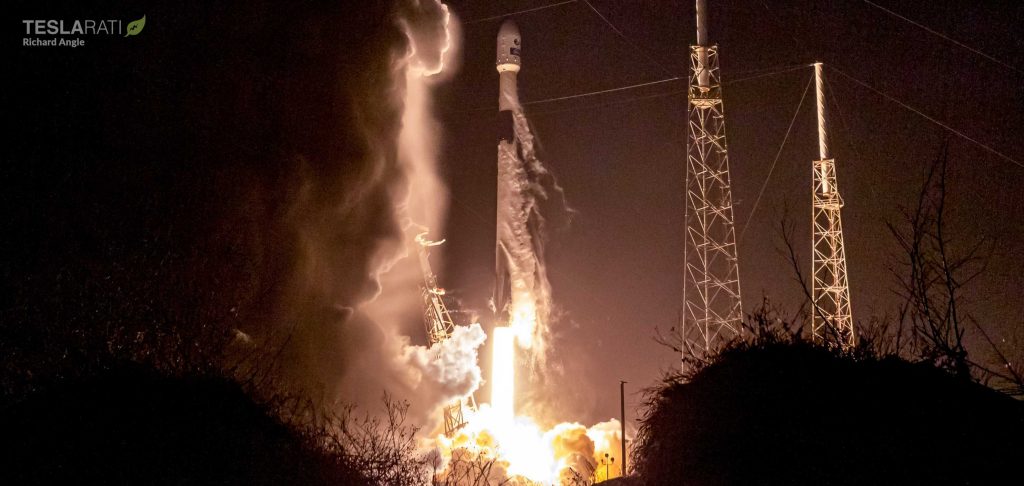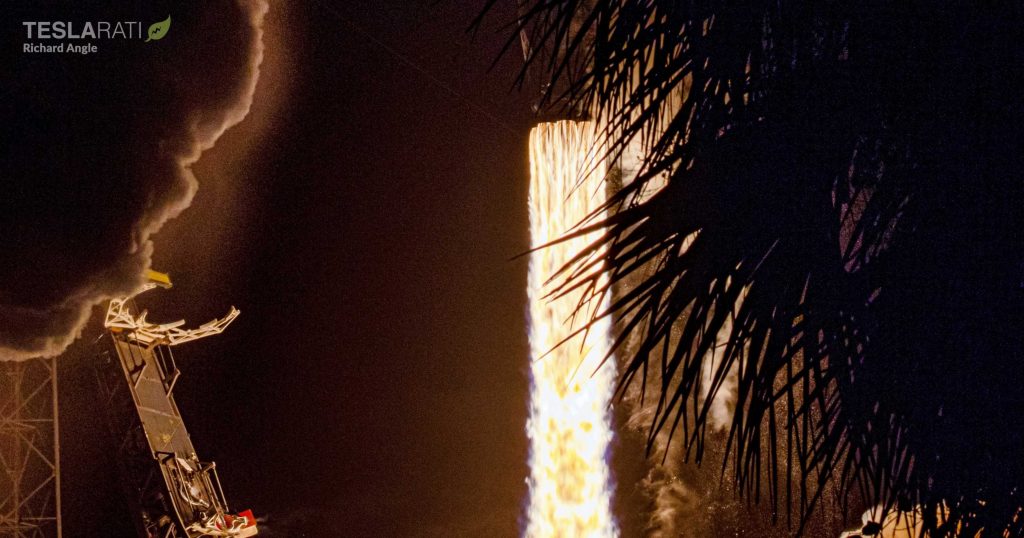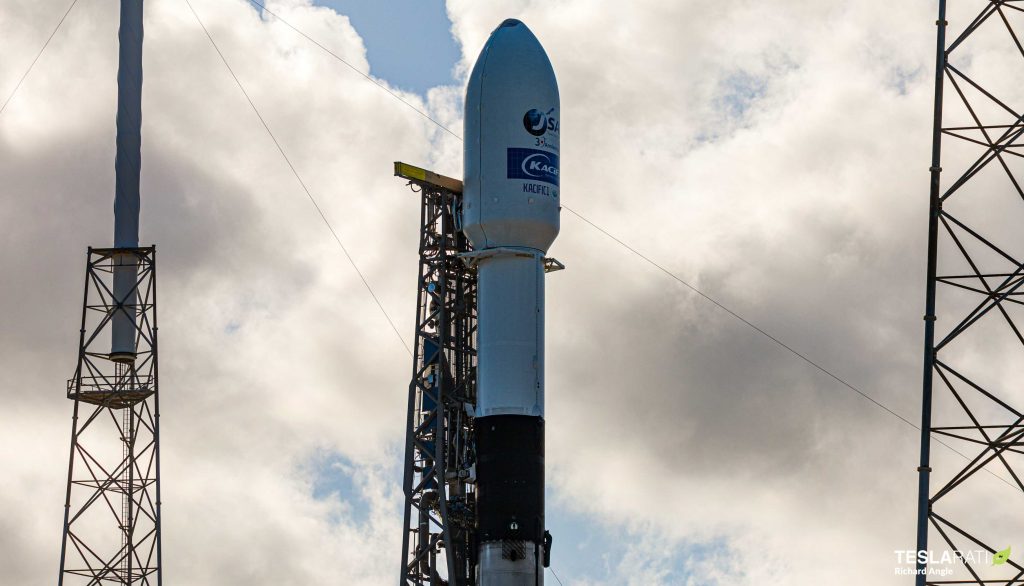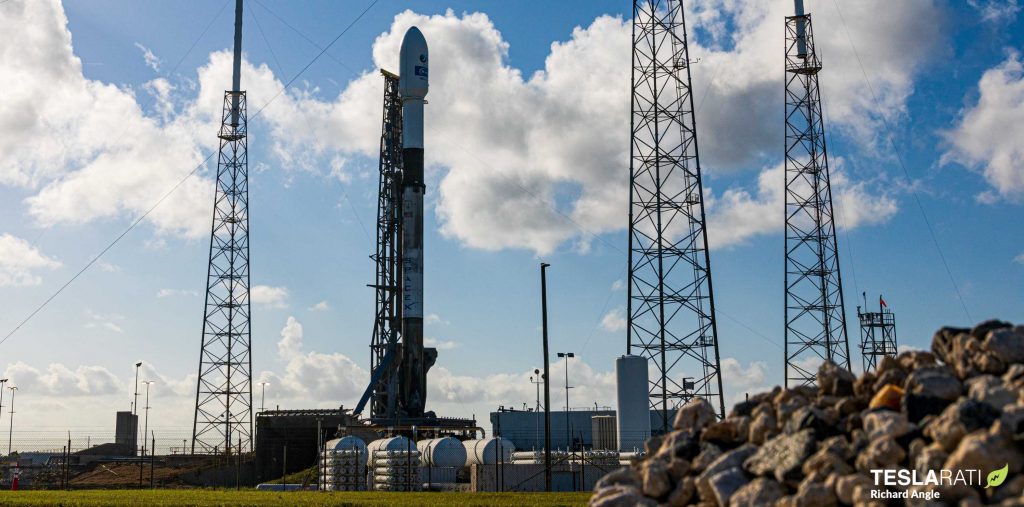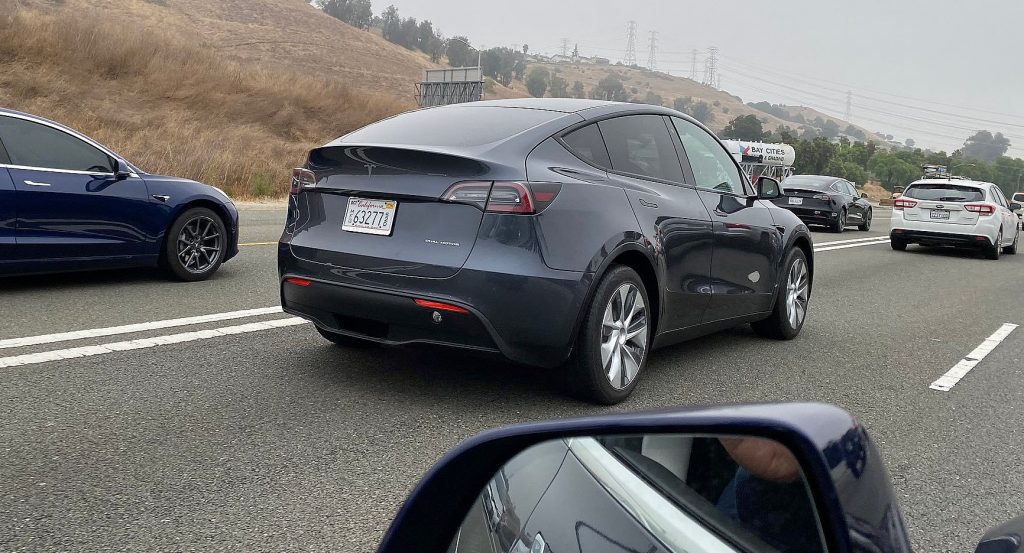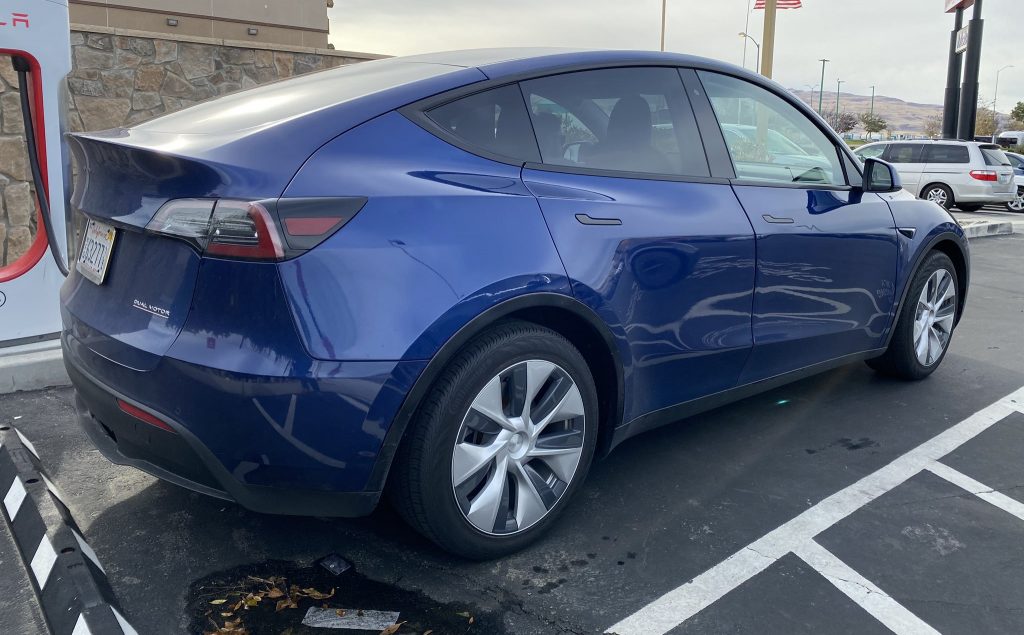Tesla Cybertruck can turn into a Cybercamper? That’s most likely the case as CEO Elon Musk hints that the truck bed will be comfortable enough for camping even when the tonneau cover is closed because the Cybertruck’s climate control system will be able to pump cold or warm air into the enclosed space.
Additionally, Musk confirms that there might be partial access from the second-row seats to the Cybertruck’s bed.
Yes, probably & partially
— Elon Musk (@elonmusk) December 18, 2019
If such features will make it to the production version of all-electric Cybertruck, they will add to the versatility and adaptability of the vehicle as Tesla promised during its unveiling. It may also extend the appeal of the Cybertruck and attract the market looking for vehicles that they can use for adventure and for enjoying the outdoor lifestyle.
The idea of sleeping and camping in the Cybertruck popped up during a Twitter exchange when user Lex Acevedo asked Musk about the possibilities to which the Tesla CEO replied with a short phrase, “Yes, probably & partially.”
On how Tesla will make the Cybertruck camping features a reality is still unknown but renders of the vehicle suggest that the car manufacturer has thought of having a camper configuration using modular accessories, so adapting the settings for a closed tonneau cover for sleeping or camping might also be on the drawing board.
Likewise, early snapshots of the Cybertruck’s interior show a large center armrest in the rear that can possibly fold down to access a partial opening that may come useful for those who haul extra-long cargo.
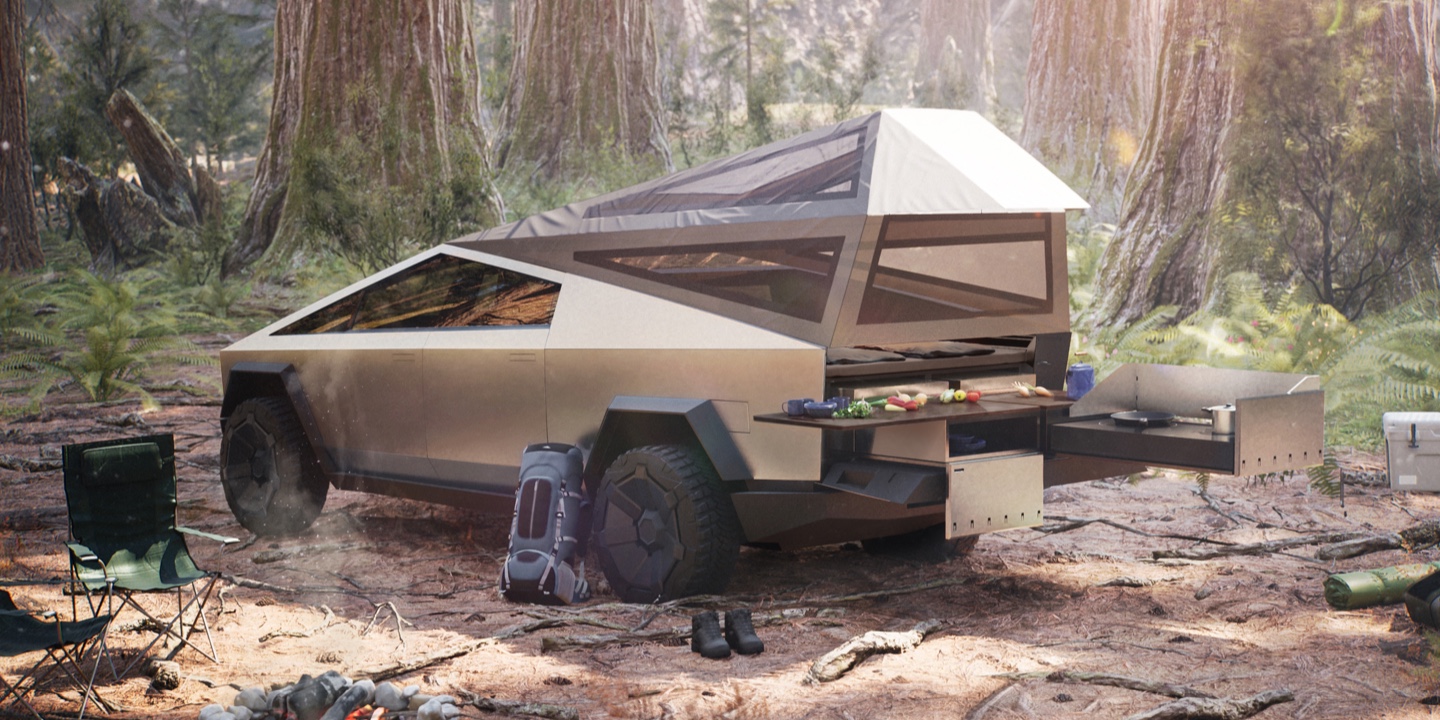
Tesla fans also spotted a latch that hints of folding rear seats, which can give access to more storage space or can fold the seats down to make the rear cabin roomier or possibly fold down to extend the area of the Cybertruck’s bed so it will be more comfortable for those who want to camp in it while the tonneau cover is closed. This is also being suggested by other Tesla fans such as Twitter user @Ko_Sulli who chimed in during the conversation about Cybertruck requested features.
Like this: pic.twitter.com/PXvXlOKEwy
— KO_Sulli (@KO_Sulli) December 10, 2019
The Cybertruck has an available storage space of 100 cubic feet and future owners will certainly welcome if Tesla will add features that will make it easier for them to make the most of the vehicle.
The Cybertruck, aside from its dystopian design, is a potent pickup truck with its top-tier Tri Motor All-Wheel Drive version capable of sprinting from 0-60 mph in 2.9 seconds. It also has a towing capacity of 14,000 lbs. This iteration of the Cybetruck will be out by 2021 together with its Dual-Motor sibling. The entry-level version will hit the production line in 2022.

(adsbygoogle = window.adsbygoogle || []).push({});
<!–
–>
var disqus_shortname = «teslarati»;
var disqus_title = «Tesla Cybertruck owners will be able to “camp” in the truck bed, says Elon Musk»;
var disqus_url = «https://www.teslarati.com/tesla-cybertruck-camping-mode-hvac-truck-bed/»;
var disqus_identifier = «teslarati-123861»;

